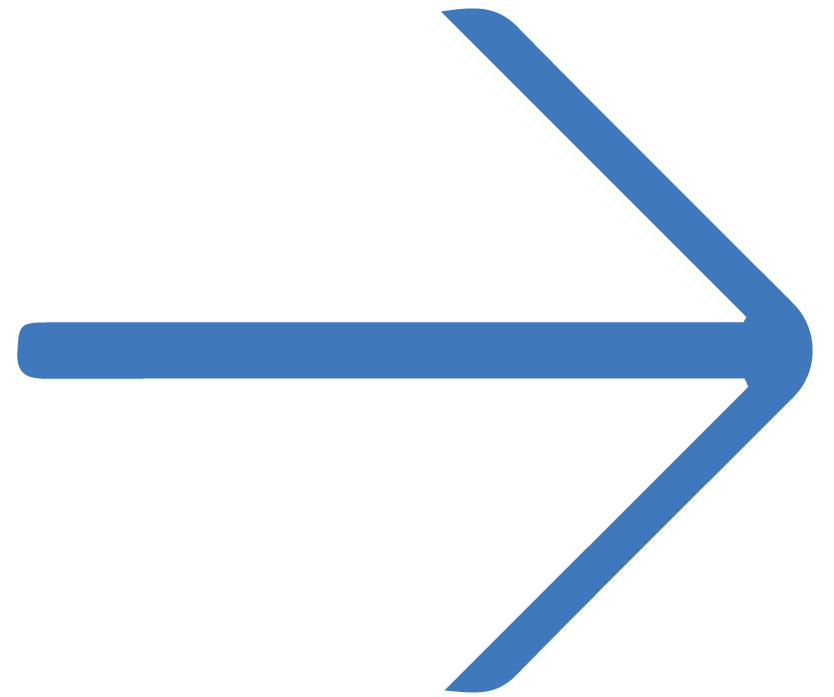An inclusive online experience depends on web accessibility. It is both legal and smart business for developers, product owners, and company executives to make sure their web apps are usable by everyone, including those with disabilities. But the very common question is: What are the best accessibility testing solutions for web applications? And how do you choose the right ones?
To help you make wise choices, we examine the top 10 accessibility testing tools in this blog, covering both free and paid alternatives.
Why Accessibility Testing Matters
Accessibility testing makes sure that your website or web application complies with standards like the WCAG 2.0 AA, Section 508, and ADA compliance.
This is because these standards concentrate on making digital spaces usable for people with a variety of visual, auditory, cognitive, or motor impairments.
You can check websites for accessibility right from the dev environment, so catching issues early on in the development lifecycle with the help of tools such as the WAVE web accessibility evaluation tool and axe accessibility.
Top Accessibility Testing Tools for Web Applications
Here are some of the best accessibility testing tools for web applications, categorized by their features, capabilities, and use cases:
1. WAVE (Web Accessibility Evaluation Tool)
What It Does: WAVE helps you identify accessibility issues on individual web pages. It highlights issues visually on your site, making it easy to pinpoint problems.
Best For: Small businesses, developers, and content creators looking for a quick, visual way to check accessibility.
Key Features:
. Detects WCAG errors.
. Highlights missing alt text, contrast issues, and structural problems.
. Available as a browser extension.
2. axe Accessibility
What It Does: axe is a powerful automated tool for detecting accessibility violations. It integrates directly into Chrome DevTools, making it convenient for developers.
Best For: Developers who want real-time feedback while coding.
Key Features:
. Supports WCAG 2.1 and Section 508 compliance.
. Integration with CI/CD pipelines for continuous testing.
.Open-source with robust documentation.

3. Siteimprove Accessibility
What It Does: Siteimprove offers a comprehensive suite of tools that evaluate and optimize website accessibility. Its cloud-based platform is designed for ongoing compliance monitoring.
Best For: Enterprises and organizations needing detailed reporting and continuous monitoring.
Key Features:
. Accessibility monitoring dashboard.
.Supports automated and manual testing.
.Contrast checker and detailed reports with actionable insights.
4. Lighthouse
What It Does: Lighthouse, developed by Google, is an open-source tool that audits web pages for performance, SEO, accessibility, and more.
Best For: Developers and SEO professionals seeking a multi-functional tool.
Key Features:
. Accessibility audits with actionable suggestions.
. Integration with Chrome and other Google tools.
. Scans for best practices like ARIA roles and contrast ratios.
5. IBM Equal Access Accessibility Checker
What It Does: This tool is part of IBM’s broader accessibility suite and offers robust features for evaluating web pages against accessibility standards.
Best For: Large organizations requiring enterprise-grade solutions.
Key Features:
. WCAG compliance checking.
. Integration with development workflows.
. Provides detailed guidelines for remediation.
6. Wave ADA Compliance Checker
What It Does: Focused on color contrast, this tool ensures that your design choices meet WCAG contrast requirements for visually impaired users.
Best For: Designers and front-end developers.
Key Features:
. Verifies text-to-background contrast ratios.
. Supports light and dark mode testing.
7. Contrast Checker for Accessibility
What It Does: Focused on color contrast, this tool ensures that your design choices meet WCAG contrast requirements for visually impaired users.
Best For: Designers and front-end developers.
Key Features:
. Verifies text-to-background contrast ratios.
. Supports light and dark mode testing.
8. Accessibility Insights
What It Does: Accessibility Insights offers guided testing to help developers and testers ensure WCAG compliance.
Best For: Developers and QA teams.
Key Features:
. Integration with Chrome for live testing.
. Provides a clear path to fixing accessibility issues.
9. BrowserStack Accessibility Testing
What It Does: This cloud-based platform allows you to test website accessibility across different devices and browsers without setting up multiple environments.
Best For: Cross-browser testing and mobile accessibility.
Key Features:.
. Simulates real-world usage scenarios.
. Automated testing across devices.
10. AChecker
What It Does: AChecker is a simple, web-based tool for checking accessibility compliance. It provides reports on WCAG, Section 508, and other guidelines.
Best For: Beginners and small businesses.
Key Features:
. Free and easy to use.
. Provides detailed issue descriptions and potential solutions.
How to Choose the Right Tool
When selecting an accessibility testing tool, consider the following:
- Budget: Decide if you are looking for free accessibility options or ready to invest in commercial accessibility testing tools.
- Integration: Make sure the tool works with your current tech stack, like Lighthouse, axe accessibility, or IBM Equal Access Accessibility Checker.
- Features: Does it offer automated testing, manual evaluation, or a combination of both?
Conclusion
Making sure website accessibility is not just about compliance; it’s also about fostering inclusivity. With tools like automated accessibility testing tools to manual web accessibility evaluation tools, there’s an option for every need and budget.
So, start today with tools like WAVE, axe Accessibility, or Siteimprove to build web applications that everyone can use confidently.
By embracing these top 10 accessibility testing tools, you’ll not only achieve compliance but also create a user-friendly experience for all.
FAQs
Q1: What is accessibility testing in software testing?
Accessibility testing involves testing software according to various standards, such as WCAG requirements, that enable accessibility for people with disabilities.
Q2: What tools are available to remediate WCAG issues?
Tools like WAVE, axe Accessibility, and IBM Equal Access Checker assist in finding problems regarding WCAG compliance.
Q3: Can I test websites for accessibility in a dev environment?
Yes, tools like axe Accessibility and Lighthouse are designed for development-stage testing.
Q4: What is the difference between Siteimprove and Lighthouse?
Siteimprove focuses on enterprise-grade reporting, while Lighthouse is lightweight and developer-friendly.
Q5: Are there free tools to check website accessibility?
Yes, tools like WAVE, AChecker, and Lighthouse offer free website accessibility checkers.












